A Trip Through Bath, Lacock and Castle Combe
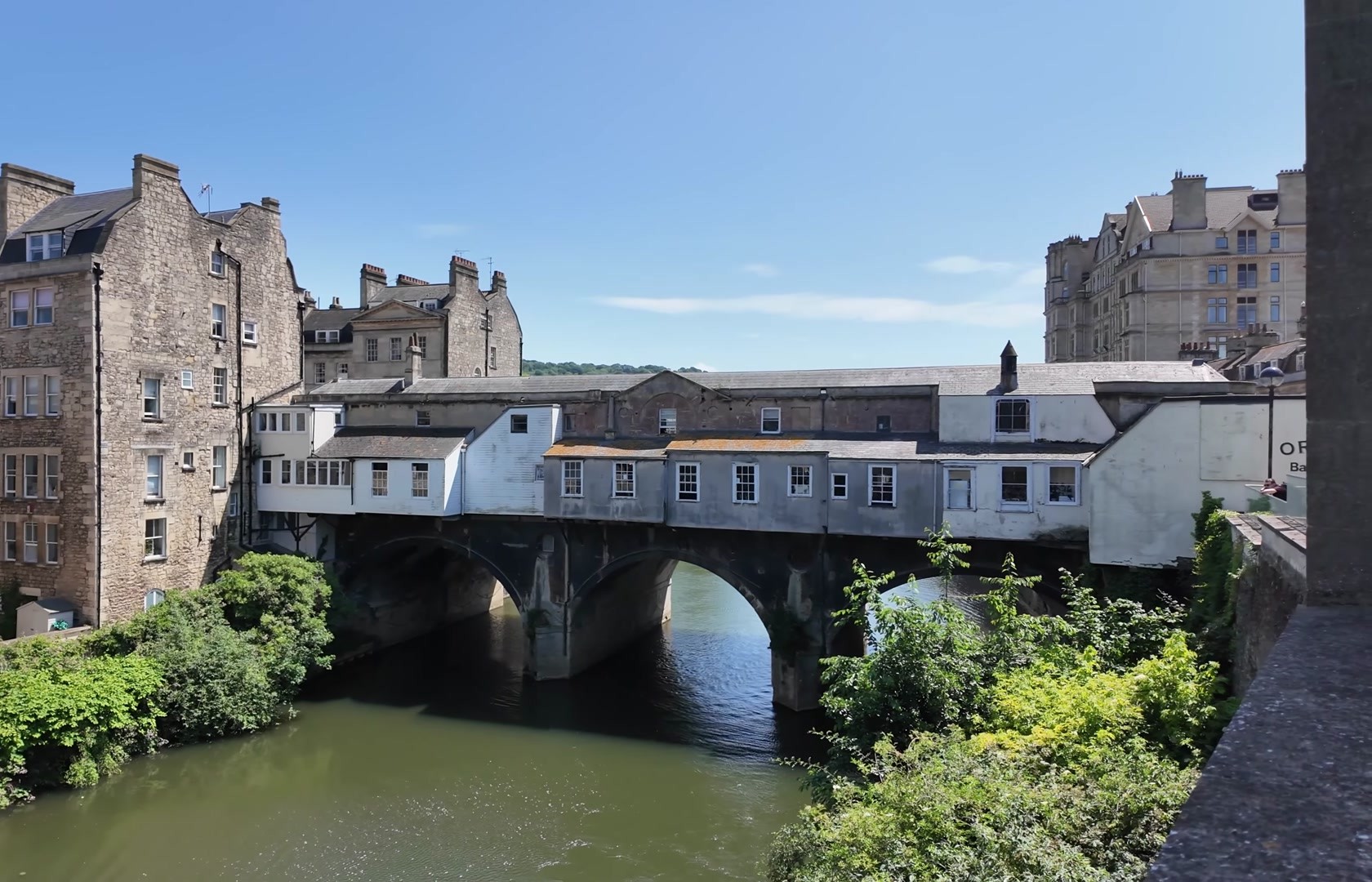
Hello friends. In this post I’ll tell you about my trip to the Cotswolds, a rural region in England. The starting point of our journey was the city of Bath. If this city were in Germany, it would be called Baden-Baden in my opinion. Like the German spa town, Bath is famous for its thermal springs. In fact the most important thermal sources in England are located here. And of course, they were discovered by the Romans in 40 ad. That is when the city’s history really began.
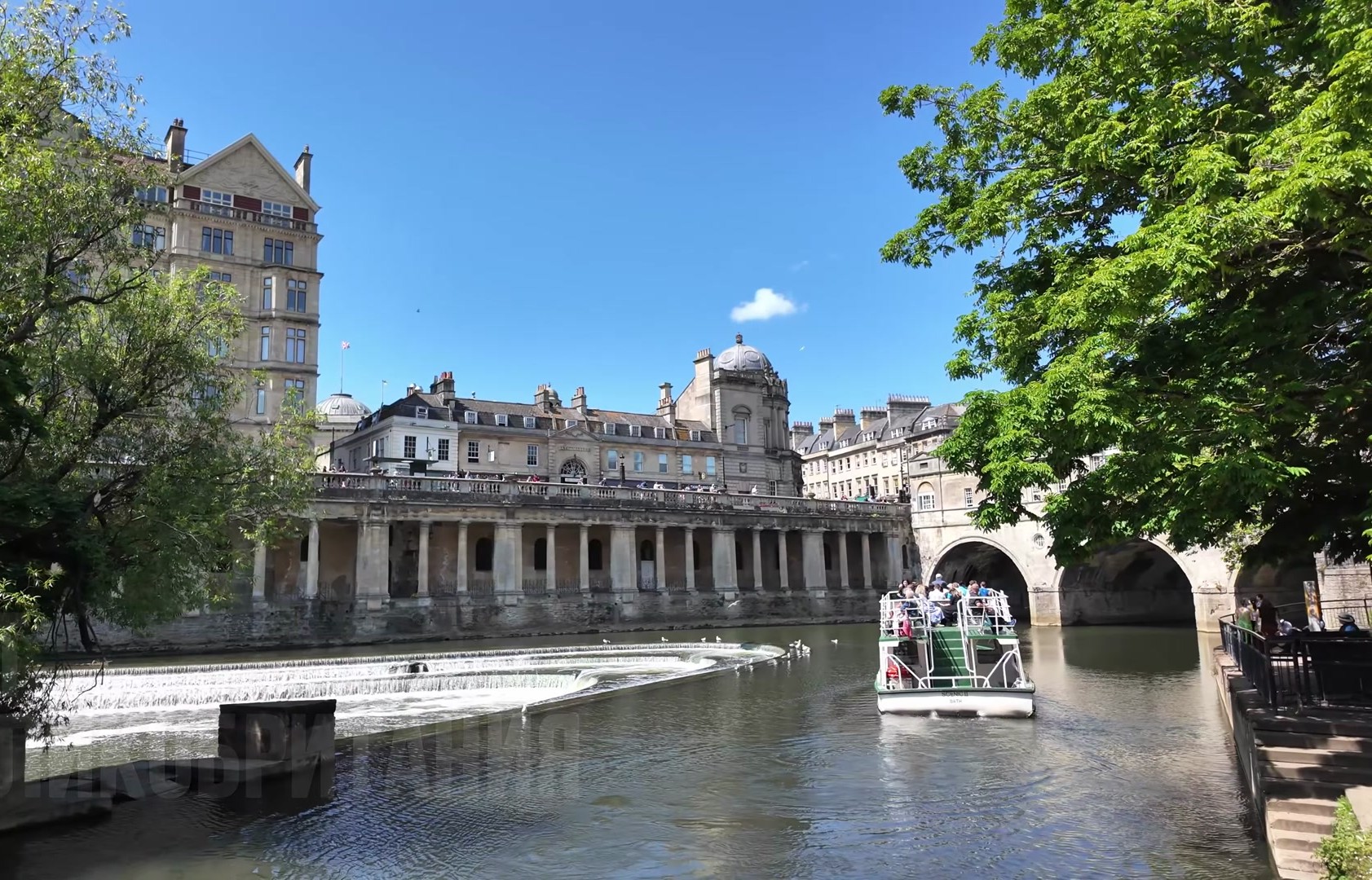
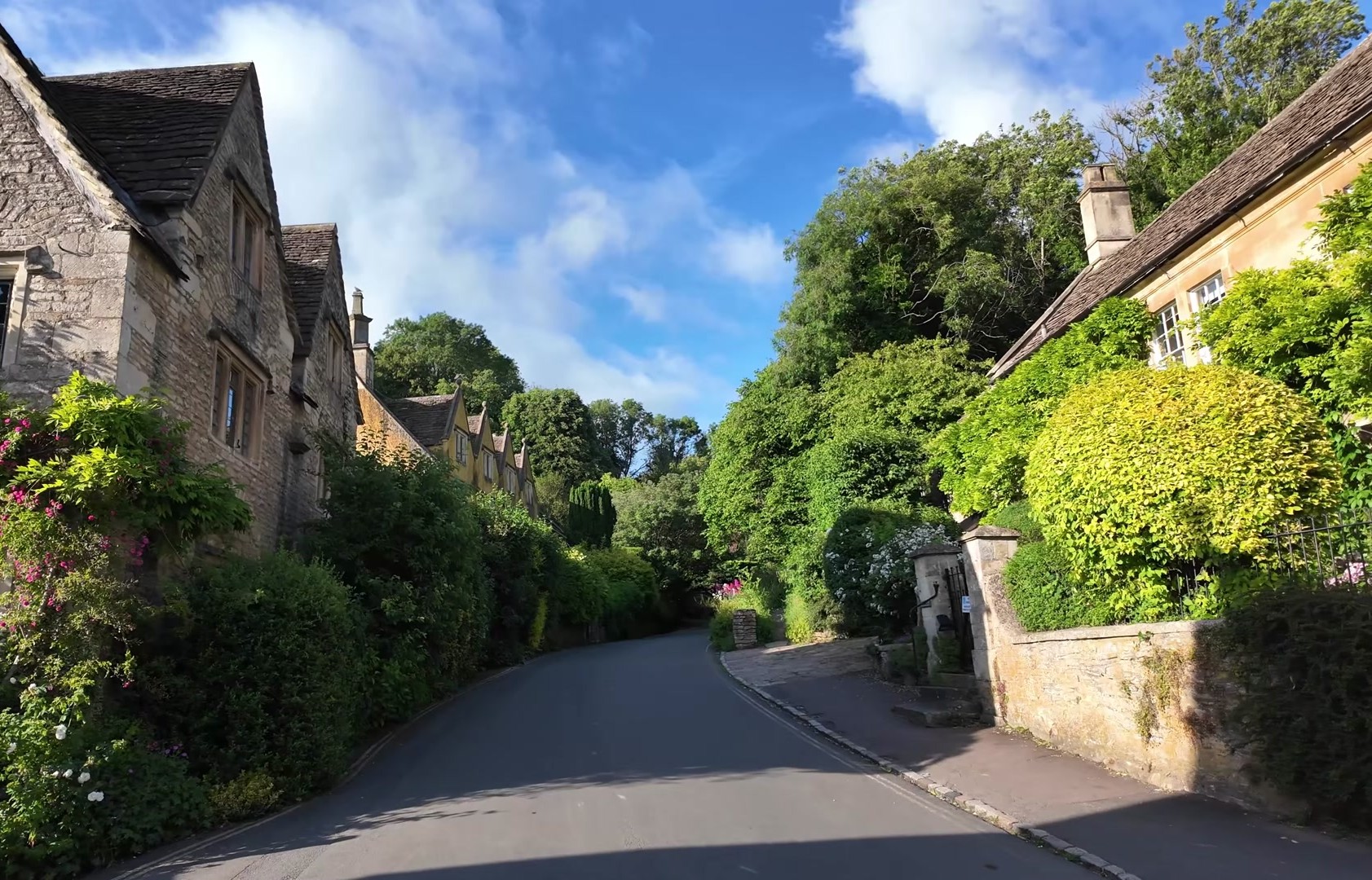

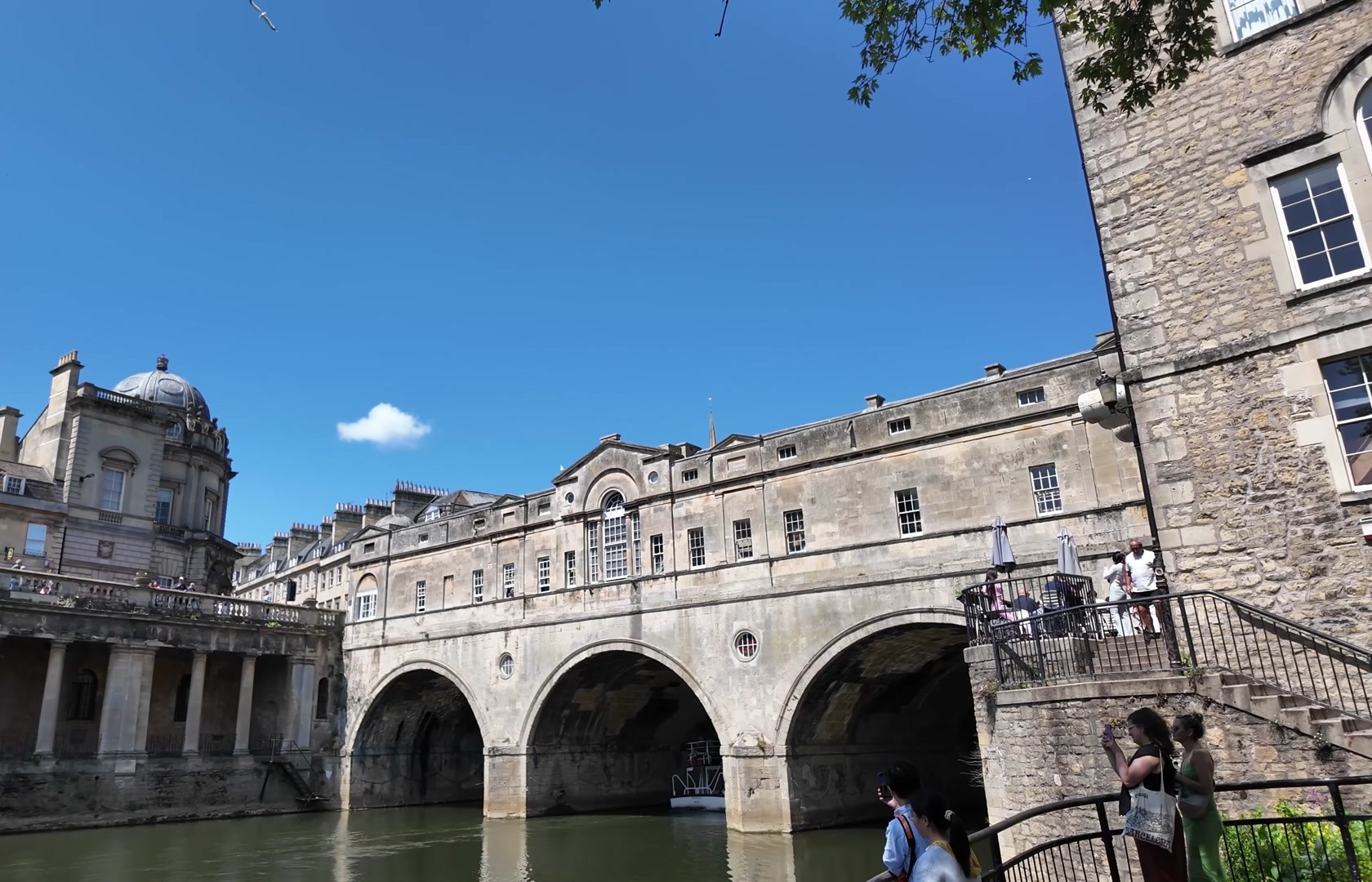


We first started walking along the strong Avon river. You may know this river not only as a cosmetic brand, but also from school lessons, because the famous William Shakespeare was born in Stratford-upon-Avon. So that town is located right on this river.



There is a unique bridge over this river. It is one of only three bridges in the world with shops on both sides. The first one that probably comes to mind is the Ponte Vecchio in Florence. The second or third is the Kramerbrücke in Erfurt, Germany. That might be a reason to visit Erfurt someday. It is quite interesting overall. Many people might ask about the Rialto Bridge in Venice. The Rialto has shops in the middle and walkways on the sides, so its structure is different. I do not know how many bridges like this exist, but this one looks more harmonious and organized architecturally. It is not as chaotic as the one in Florence. Of course, Florence’s bridge has its own unique aesthetic and cultural charm.



Bath is also the center of Georgian architecture. I am more familiar with Victorian architecture, which belongs to the second half of the 19th century. Georgian architecture, on the other hand, dates to the late 18th and early 19th centuries. It is more rigid, symmetrical and minimalist, at least by the standards of that time. The local limestone used in Bath’s architecture is a light honey color, though less so than the ones used in Mediterranean towns. The Holburne Museum is a typical example of Georgian architecture with classical elements. In 2011 a modern extension was added by Eric Parry. This new building is visually striking and has won several awards. Its façade is clad in ceramic and glass elements, which blend nicely with the Georgian style. The collection includes works by classic British masters and silverware. If you have time, you can visit it, or at least sit in the café. You can also take a stroll in Sydney gardens nearby.


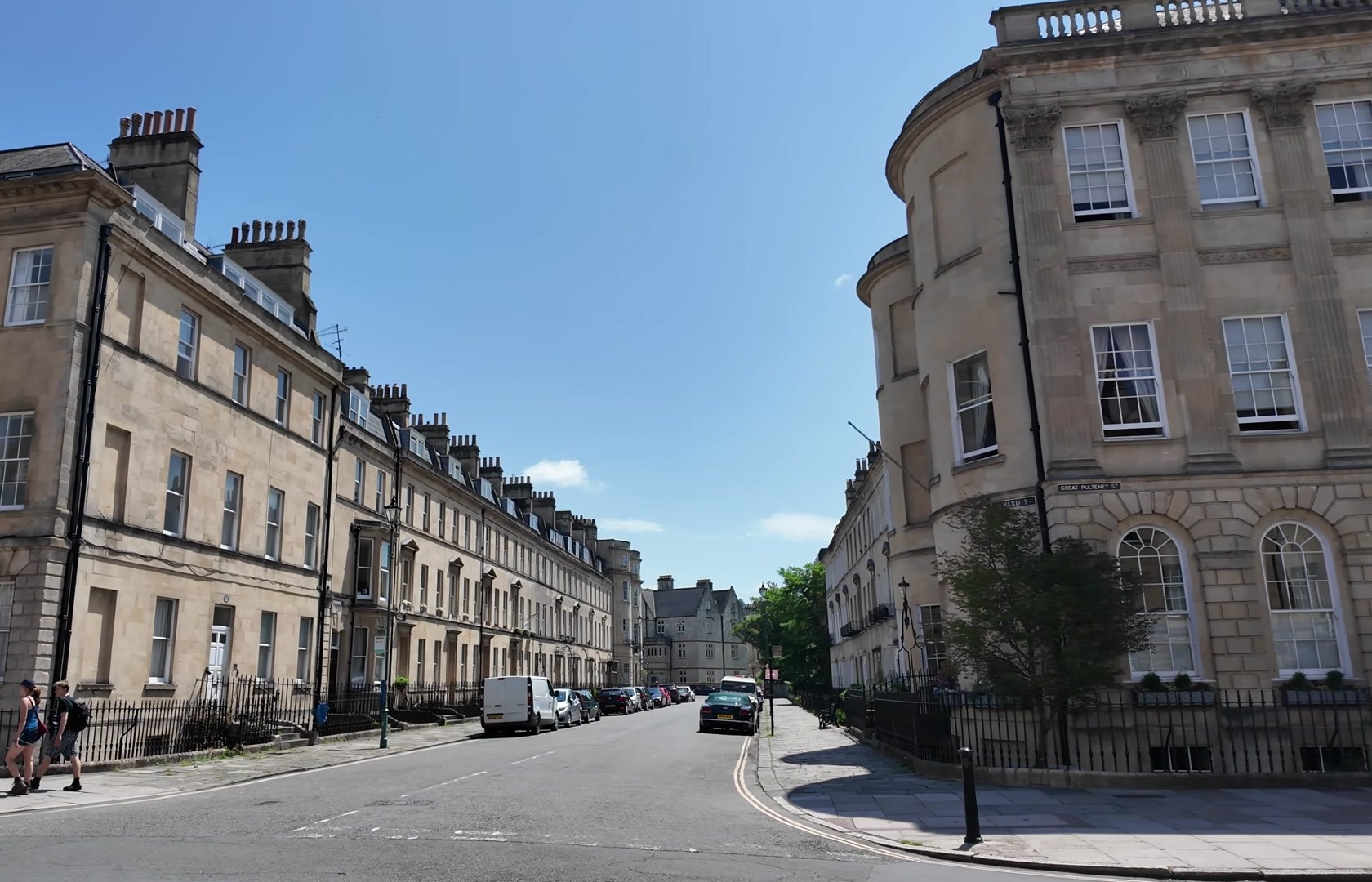

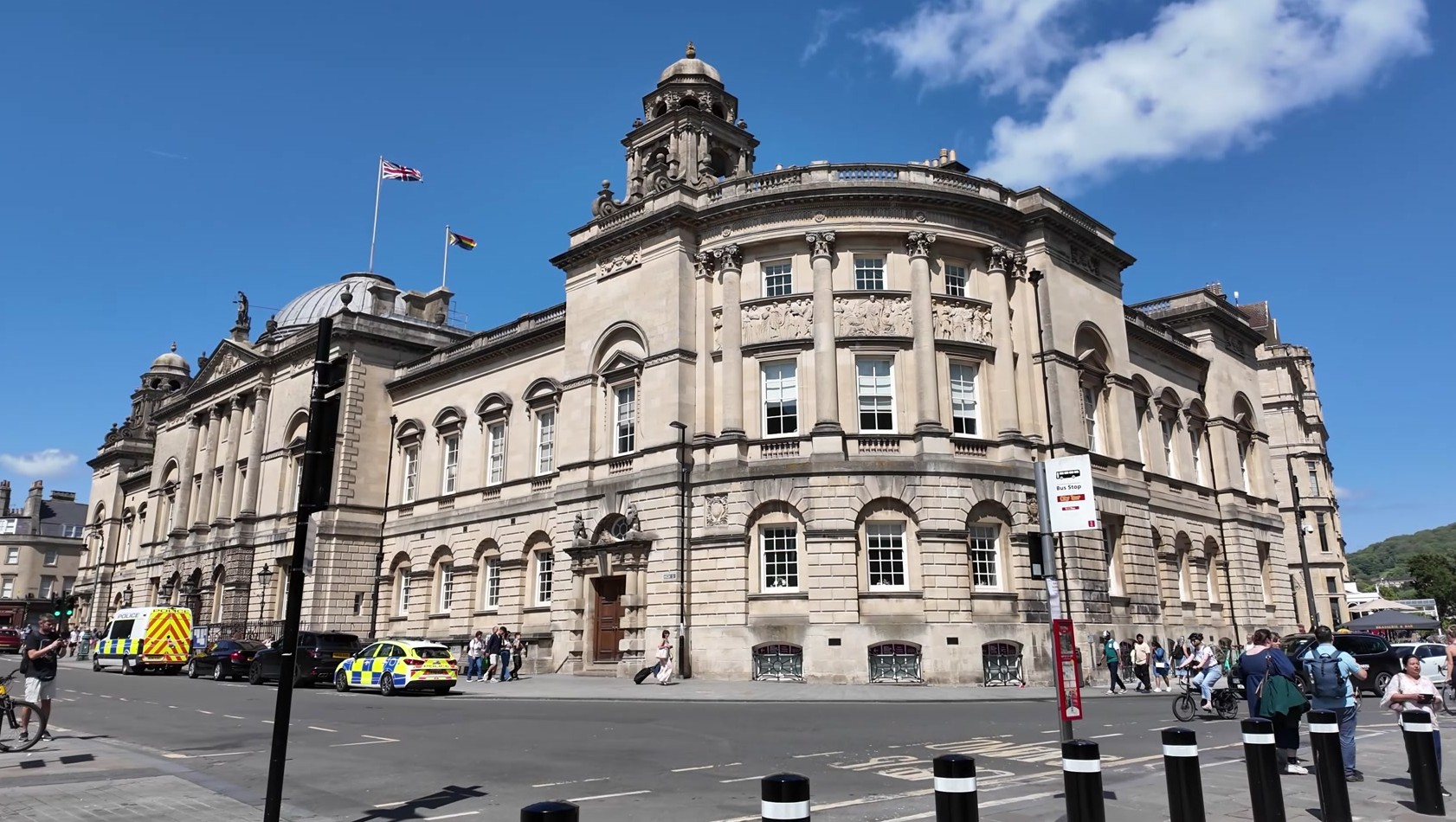



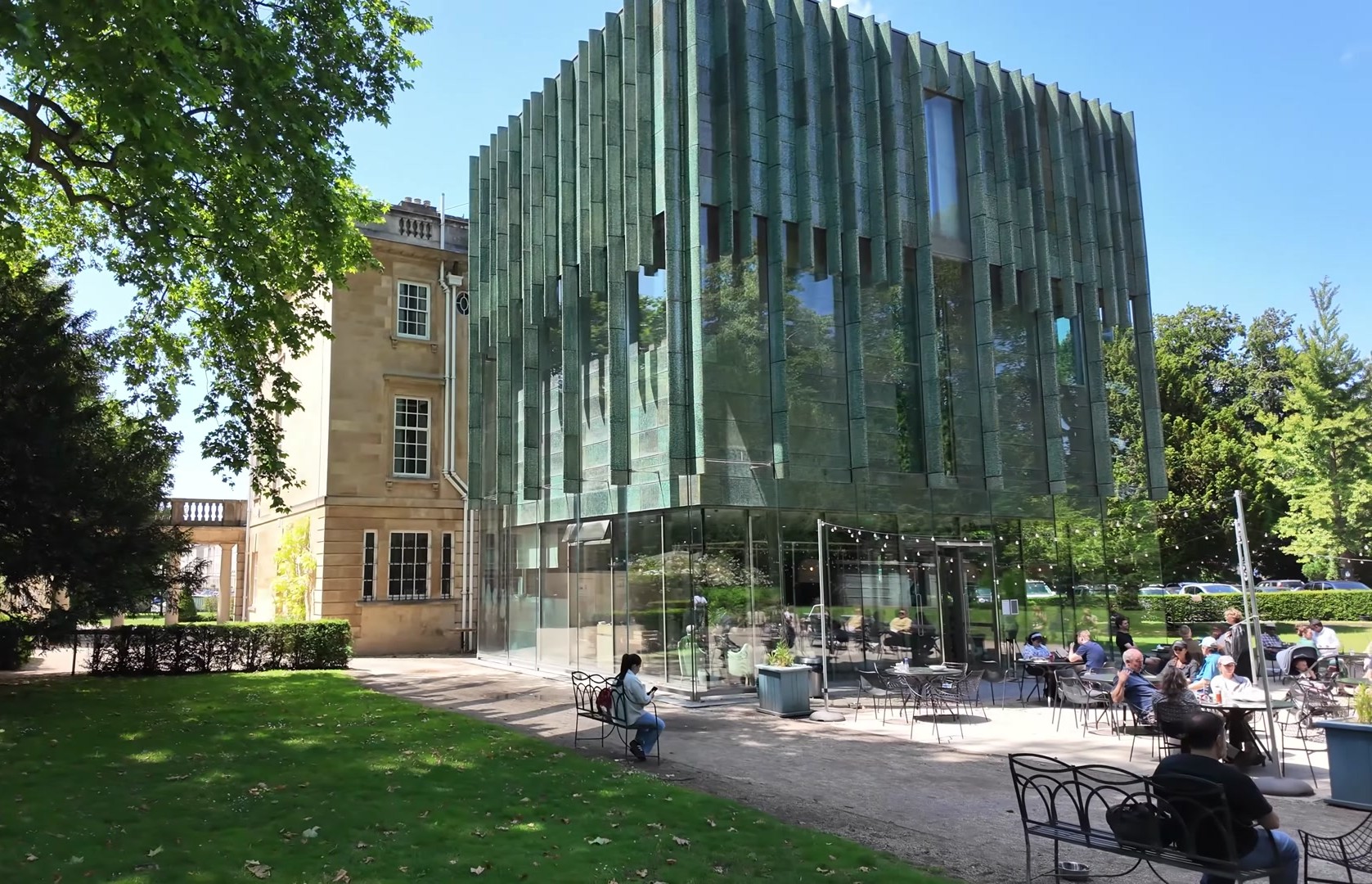


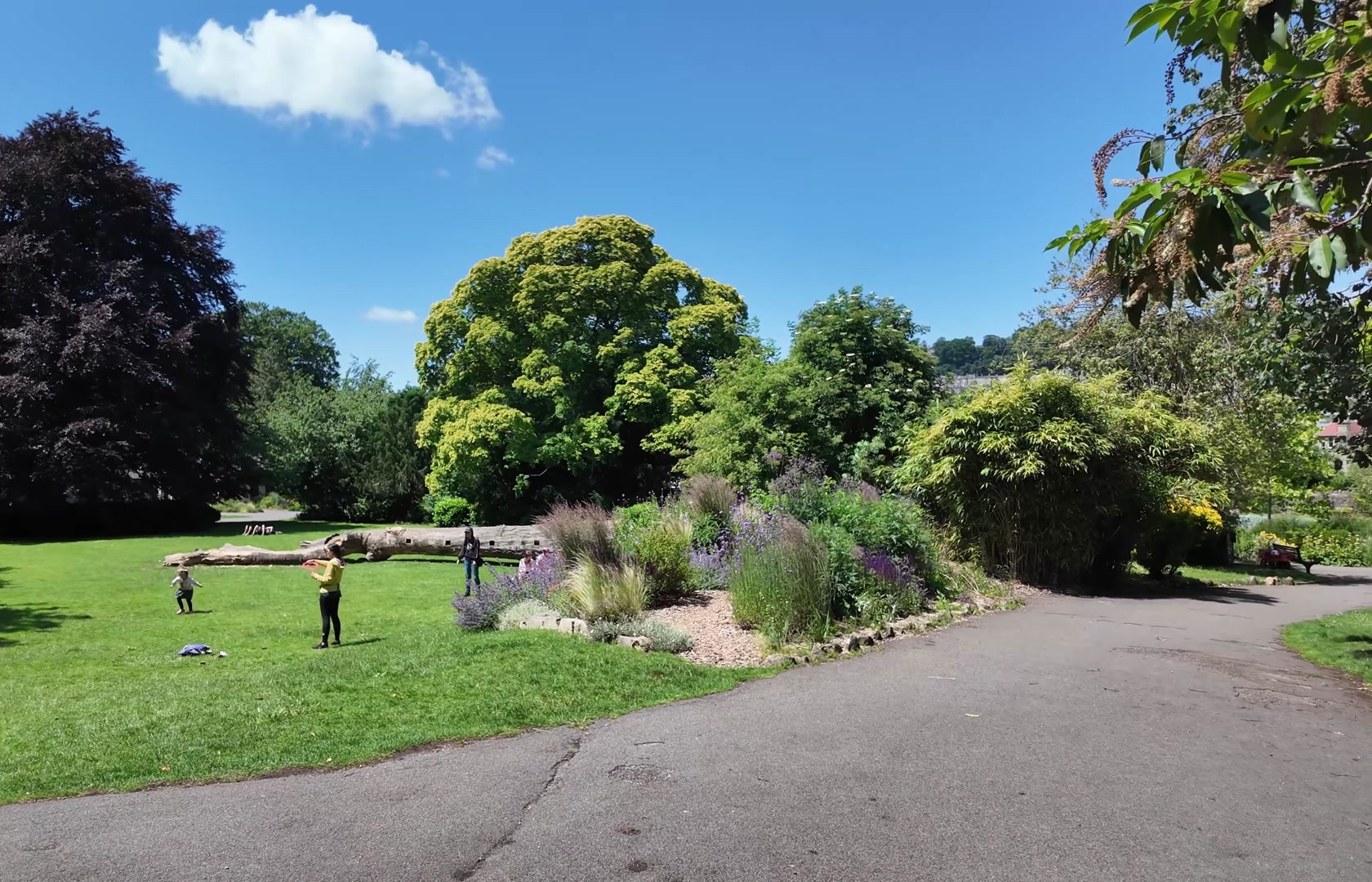
An important feature of Bath’s city planning is the large number of crescent-shaped houses. This area includes many crescents packed into just one square mile. The most impressive one is the CRK Circus, a perfectly circular square. Four identical buildings form a rather unusual structure. It might not be typical, but it is not unique either, as it still follows the Georgian style.




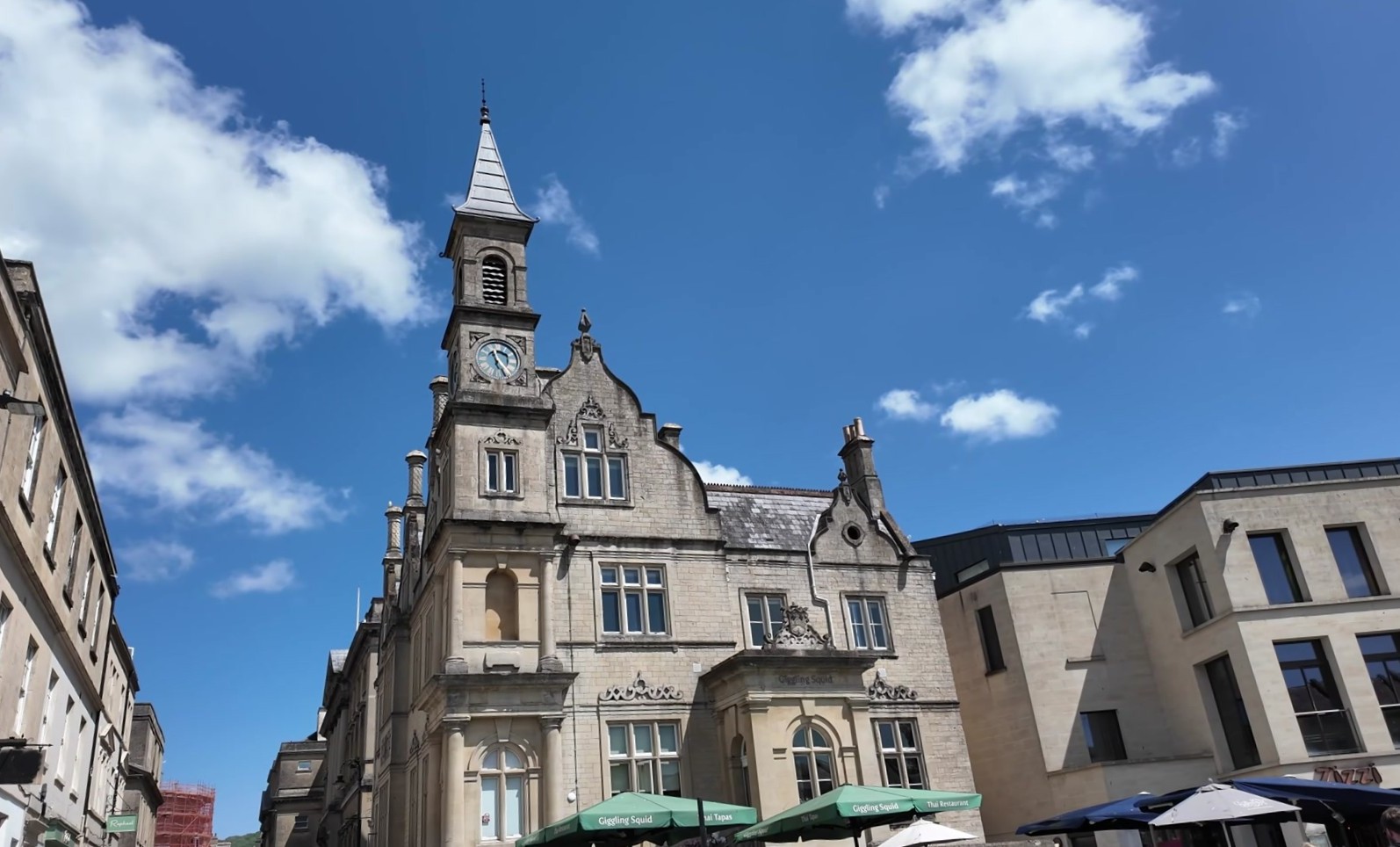

We should also mention the notable people who lived here. First and foremost Jane Austen. She is best known as the author of Pride and Prejudice. Some scenes in her novels take place in Bath, particularly in Northanger Abbey and Sense and Sensibility. I have not read them, but for those interested, it is quite significant.


Another notable figure is the astronomer William Herschel. He lived here in 1781 and discovered the planet Uranus. Jane Austen lived here in the early 19th century. Bath Abbey is one of the oldest abbeys in England. The Benedictine abbey was founded in 675 and lasted until 1539, when Henry VIII ordered the dissolution of all Catholic institutions in England. Most people are familiar with that historical event. The current building stands on the foundations of churches from the 15th century and has been restored many times since then. The last major restoration was done in the 19th century by George Gilbert Scott.


Bath Abbey was also used for the coronation of English kings. In 973, King Edgar was crowned here. The thermal baths next to it have been turned into modern facilities. They can be visited, but the lines are long and the tickets are expensive.
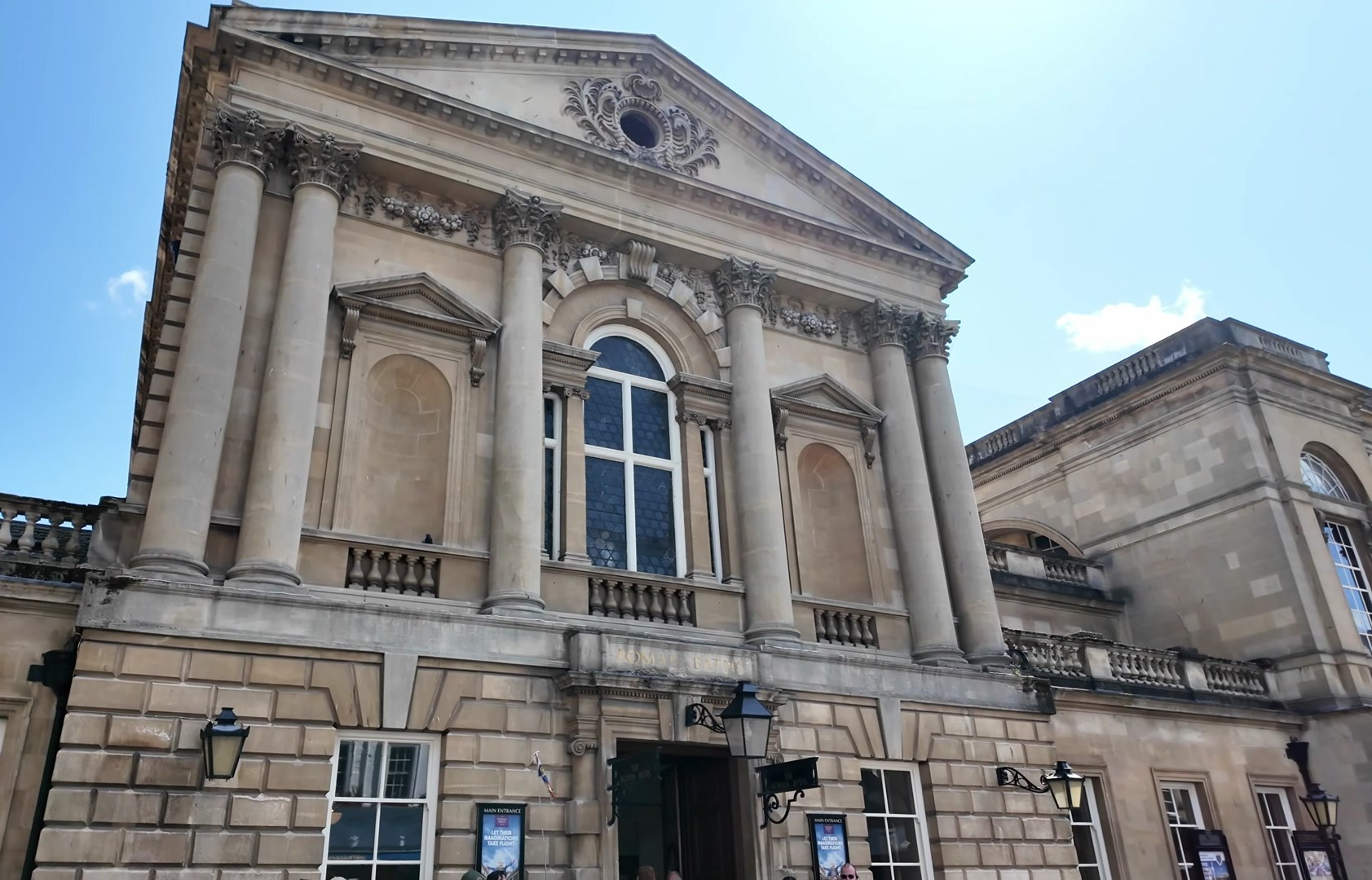
The Pulteney Bridge, a trading bridge looks very elegant architecturally, though an interesting extension has been added to the back. The shops here are mostly jewelry workshops and antique stores. There are a few cafés, but nothing particularly special. The city itself is very pleasant. You can easily spend half a day here. It has beautiful views and is peaceful, especially on weekends.

We then arrived at a village called Lacock. This is one of the most beautiful villages in England. It has an abbey that dates back to the 10th century. For movie lovers, some scenes from Harry Potter and Jane Austen’s Pride and Prejudice were filmed here. The series Downton Abbey was also filmed in this village.







William Talbot’s house, the inventor of photography, is now a museum. He lived here. But the real charm of the village lies in its well-preserved historical buildings. There are almost no modern structures. I also read that the village belongs to a national trust.






Next to the abbey is the Church of Saint Syriacus, which also dates back to the 10th century. No one knows exactly who Syriacus was, but it is an interesting place. The houses in the village are all unique, crooked and different. If you think they look crooked from the outside, it is the same inside. Doors do not close properly, there are gaps here and there and the floor levels within one room can differ by 10 to 20 cm. But they are all standing and no one seems bothered. That is part of the charm. They are quite lovely.







Finally we visited Castle Combe, a very beautiful English village. What makes it so appealing is that everything feels perfect and fairy-tale like. It has preserved its medieval atmosphere. The small, neat, toy-like houses are all made from Cotswold stone and almost all follow the same style.


There is also a market square and a small market cross here. Its exact function is unclear, but it looks interesting. The Church of St. Andrew is 500 years old and partially under restoration. Inside there are stained-glass windows. It is a small and quiet place.

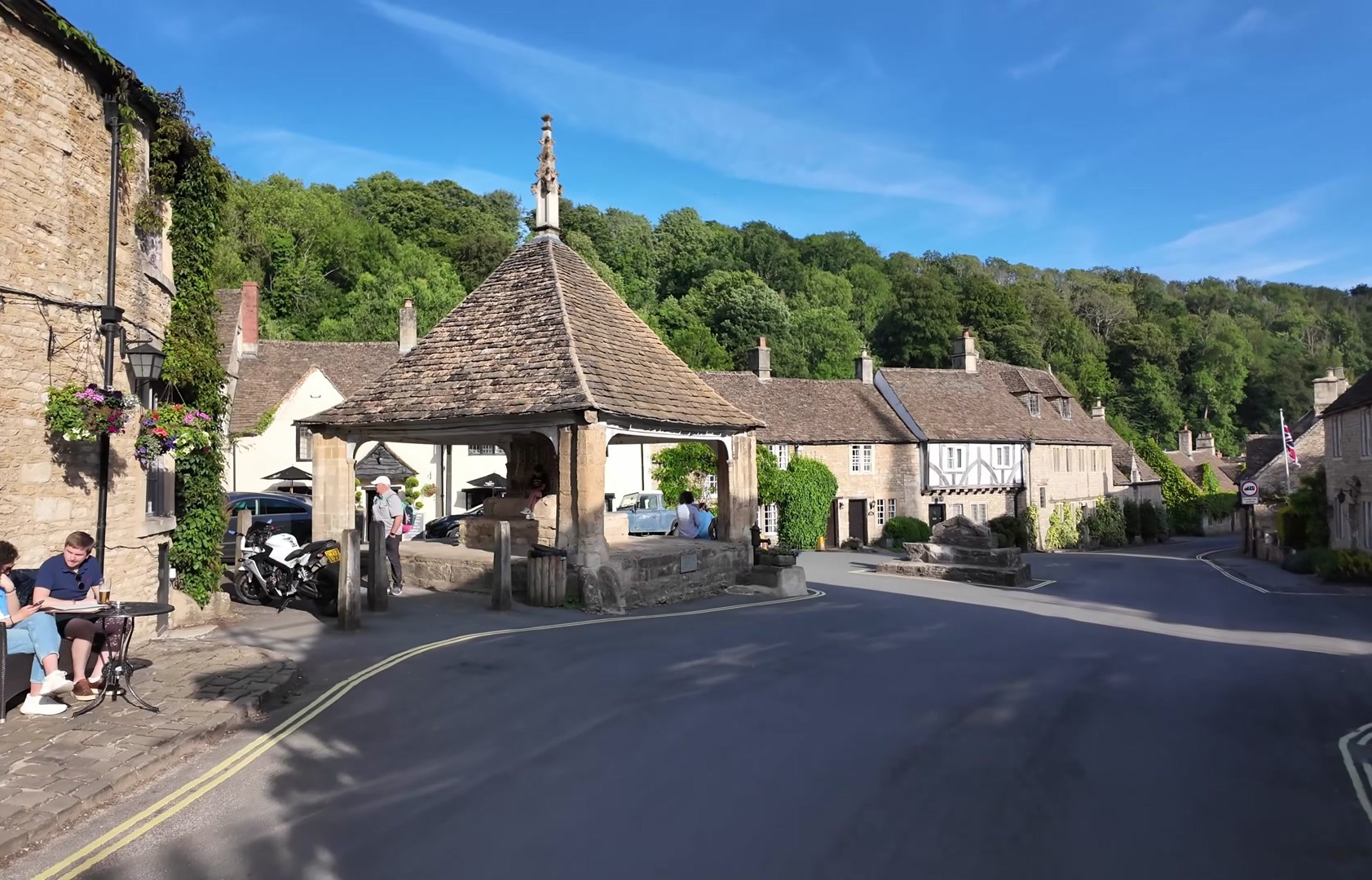





Above the village, there are also gardens designed in the topiary style. When you come to England, the gardens are worth seeing because the way plants are used is quite different.
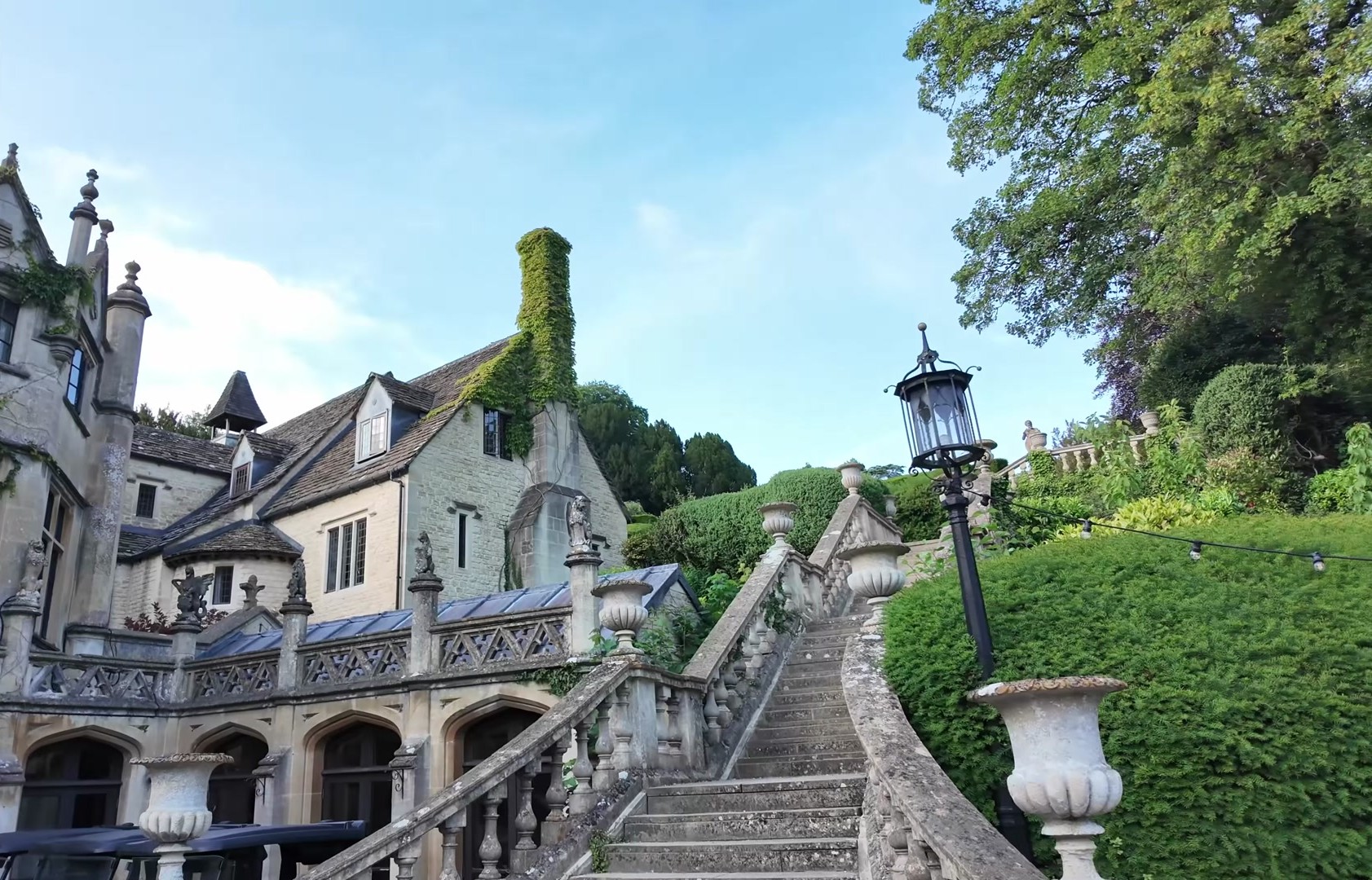

I hope you enjoyed this short tour of the English countryside. We were lucky with the weather. It is best to visit in summer or early autumn because this region is usually cold and snowy.
You can check out this post and your own profile on the map. Be part of the Worldmappin Community and join our Discord Channel to get in touch with other travelers, ask questions or just be updated on our latest features.
Hiya, @ybanezkim26 here, just swinging by to let you know that this post made it into our Top 3 in Travel Digest #2637.
Your post has been manually curated by the @worldmappin team. If you like what we're doing, please drop by to check out all the rest of today's great posts and consider supporting other authors like yourself and us so we can keep the project going!
Become part of our travel community:
Georgian architecture is one of my favorites. It's amazing how Bath preserves history with a unique identity. The color of the buildings appeals; the crescent houses are fascinating....
Without a doubt, Bath has a wealth of personalities. I didn't know it was the birthplace of Jane Austen or the inventor of photography.
It has been a wonderful trip, no doubt about it.
Bath's Georgian charm is really special 😍 The history here never gets old. Hope you experience it soon